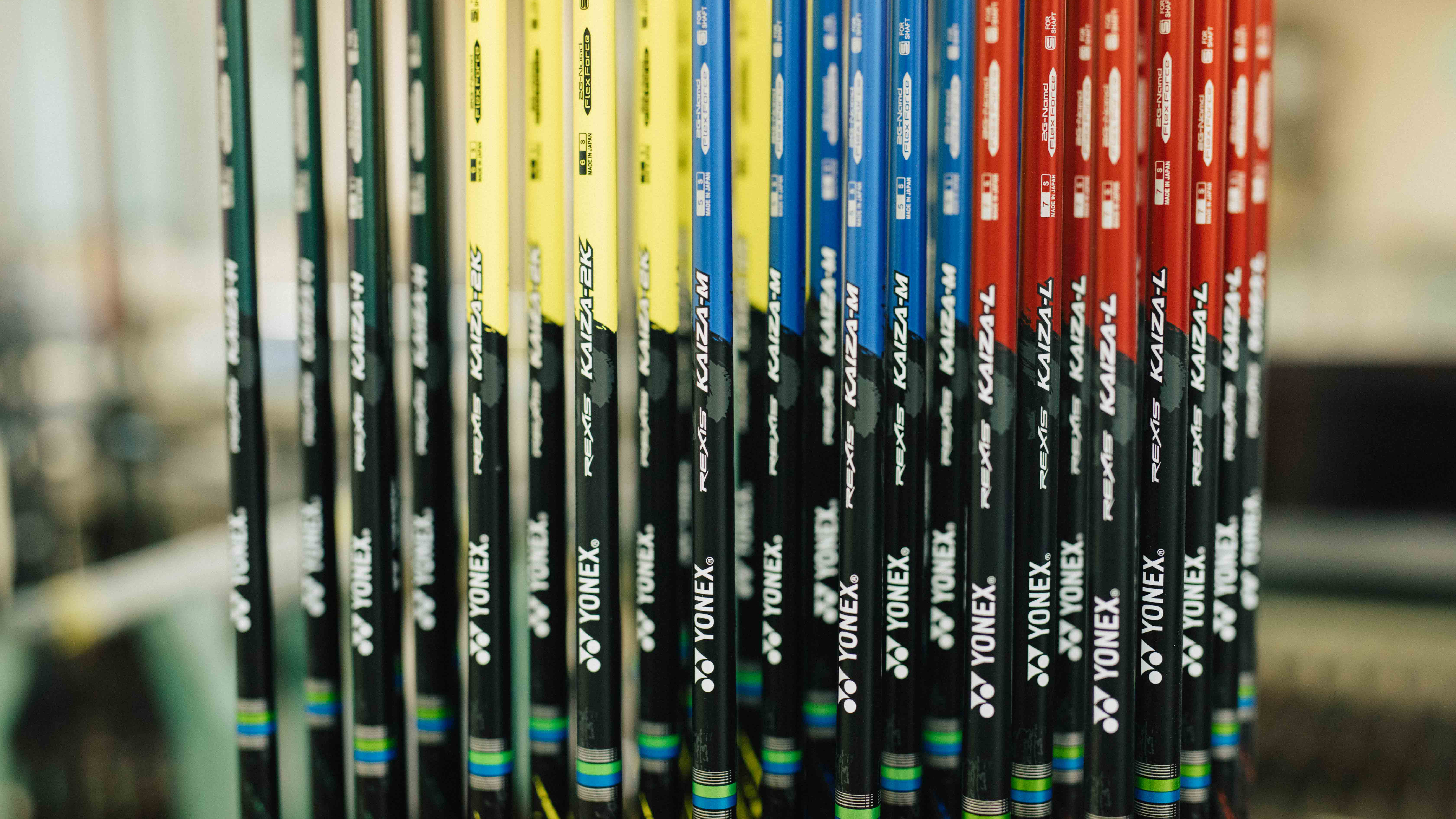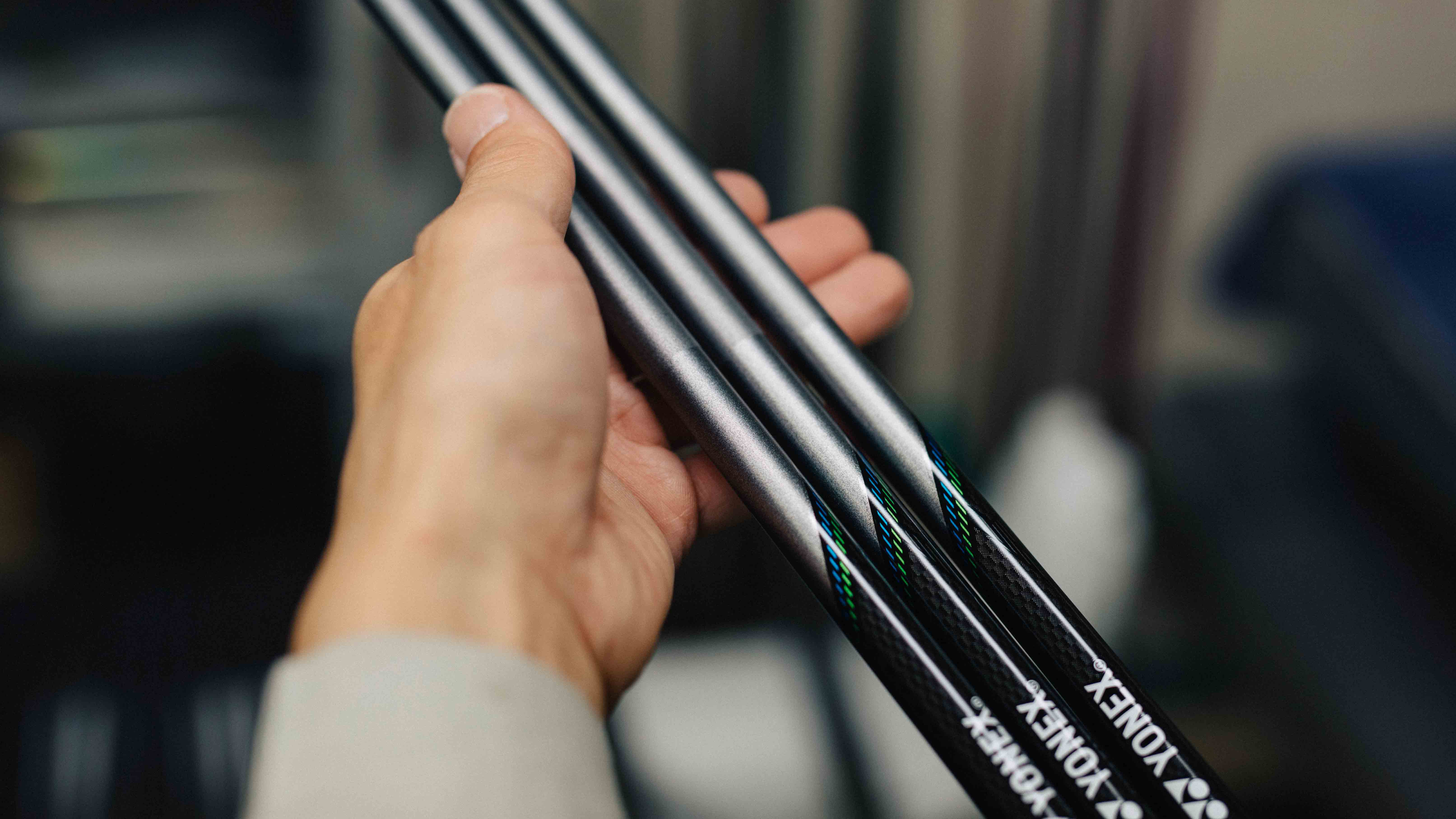
Graphite golf shafts have been a topic of discussion among golfers for years. While they have gained popularity in recent years due to their performance benefits, there are still several myths surrounding them. Let's take a closer look at five common misconceptions about graphite golf shafts and see if we can set the record straight.
Myth 1: Graphite Shafts are Only for Beginners and Seniors

One of the most pervasive myths is that graphite shafts are only suitable for beginners, seniors, or those with slower swing speeds. While it’s true that graphite shafts are often recommended for these player groups due to their lighter weight and ability to increase swing speed, their use should not be limited to these players. In fact, almost every single one of the world's best professional players - both male and female - use graphite shafts in their drivers and fairway woods nowadays, and an ever-growing number of the world's best male players are actually using them in their irons.
Players such as Matt Kuchar, Brandt Snedeker, and Fred Couples have been using graphite shafts in their irons for a number of years, and more recently South African Louis Oosthuizen has been spotted with graphite shafts fitted in his Ping Blueprint T irons.
Graphite shafts now come in a variety of flexes, weights, and torque ratings, making them versatile enough to fit players of all skill levels. Advanced players who seek a specific feel or performance characteristic can likely find a graphite shaft that meets their needs nowadays, just as they would with steel shafts.

Myth 2: Graphite Shafts are Less Durable Than Steel Shafts
Another common myth is that graphite shafts are less durable than their steel counterparts. While it’s true that graphite shafts can be more susceptible to damage if mistreated, modern graphite shafts are engineered to be incredibly strong and resilient. The advancements in materials and manufacturing processes have resulted in graphite shafts that can withstand the rigors of regular play equally as well as steel shafts.
The belief that graphite shafts are fragile often stems from earlier generations of shafts, which were not as robust as today’s options and were more susceptible to breakages either during play or in transit. However, with proper care and maintenance, a graphite shaft will last just as long as a steel shaft, making durability less of a concern for modern golfers.

Myth 3: Graphite Shafts Sacrifice Accuracy for Distance
Some golfers believe that opting for a graphite shaft will potentially improve their distance output but at the expense of accuracy. This myth seems to be rooted in the idea that the lighter weight of graphite shafts leads to less control over the clubhead. However, once again this is not necessarily the case, and a good custom fitter will match the correct profile with the correct total weight, and swing weight for a client to provide optimal performance.
Graphite shafts can now be engineered with varying degrees of stiffness and torque to perfectly match a player’s swing characteristics and delivery patterns, which means they can absolutely stack up against even the best steel shafts for accuracy.
In fact, a comparative flex graphite shaft can provide the same if not higher level of control and dispersion as a steel shaft while also benefiting from a lighter weight profile that makes it easier to swing. Additionally, advancements in technology have allowed manufacturers to fine-tune the properties of graphite shafts with higher-modulus materials strategically placed to suit the needs of both distance-seeking and accuracy-focused players.

Myth 4: Graphite Shafts aren’t worth the extra money
Cost is often cited as a reason why some golfers avoid graphite shafts. The perception is that graphite shafts are more expensive than steel, making them less accessible to the average golfer. While it’s true that some high-end graphite shafts can be pricey, the overall price gap between graphite and steel shafts has narrowed significantly in recent years.
Moreover, the cost of a shaft should be considered in the context of its performance benefits. For golfers who gain more distance, accuracy, or consistency with a graphite shaft, the investment may be well worth it. Additionally, there are many affordable graphite shaft options on the market that provide excellent performance without breaking the bank.

Myth 5: Graphite Shafts Feel Too "Soft" or "Whippy"
Some golfers shy away from graphite shafts because they believe the shafts feel too soft or “whippy,” particularly compared to steel. This perception may have been true in the early days of graphite shaft development when there were fewer options available. However, modern graphite shafts are available in a wide range of flexes and frequencies, from extra stiff to senior, allowing even the fastest swinging players to find something stable enough for their speed. In fact, some of the stiffest and most stable shafts on the market today in both the driver, fairway, and iron categories are graphite composition. Due to the nature of graphite shaft construction, there is actually more opportunity to add material and mass to certain areas of the shaft to provide ultimate stability.
A “whippy” feeling often results from using a shaft with the wrong flex or profile for a golfer’s swing speed. A properly fitted graphite shaft should feel just as solid and responsive as a steel shaft, offering the desired balance of power and control.
Graphite golf shafts have evolved significantly over the years, and many of the myths surrounding them are outdated or simply untrue. Whether you're a beginner or an experienced player, graphite shafts offer a wide range of benefits, both performance and feel-related. By understanding and debunking these common myths, golfers can make more informed decisions about their equipment and potentially improve their game.







